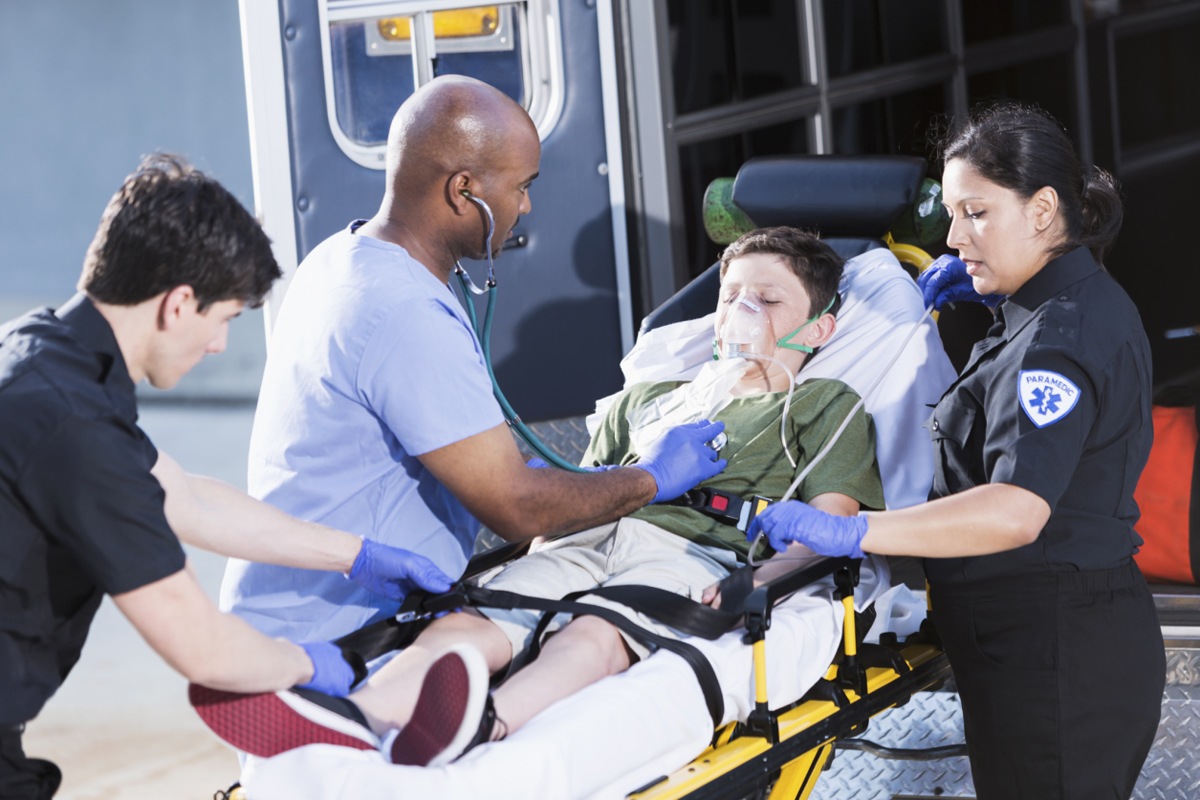
Perform First Aid on a Toddler: what differences with the adult?
Knowing how to perform first aid is essential. However, the procedure for adults may be different for a toddler whose body is smaller and is still developing
Administering first aid procedures may sound daunting, but it is easier to learn than expected.
The best thing about it is it could save your toddler’s life.
Here’s a guide on first aid for toddlers and how to deal with emergencies.
CHILD HEALTH: LEARN MORE ABOUT MEDICHILD BY VISITING THE BOOTH AT EMERGENCY EXPO
Common Child Injuries and Illness
Unintentional injuries are one of the highest causes of death children 1 to 14 years old.
Falls, road accidents, poisoning, burns, and scalds are the most common child injuries.
Other causes of child death and high hospitalization rate include choking, strangling (suffocation), crushing from heavy objects, smoke inhalation, fire-related illness, and bicycle accidents.
Minor injuries in children are often treatable at home.
In other cases, a child will need a trip to the ER or emergency medical care.
First Aid on a Toddler: Cuts & Scrapes
Cuts on children will require cleaning the surrounding area with soap and clean water.
Apply antibiotic ointment and cover any open wound with bandages.
Elevate the injury site and apply direct pressure for five to ten minutes if blood soaks through the coverings.
More extensive wounds may need stitches.
It is best to take the toddler to a pediatrician or in the hospital.
If bleeding continues for more than 10 minutes or the wound shows any signs of infection, go to the emergency room.
More on this topic: Cuts And Wounds: When To Call An Ambulance Or Go To The Emergency Room?
Toddler Choking
Choking is common in younger children who tend to put all sorts of harmful objects onto their mouths. A child who is coughing and cannot talk or make sounds may be choking.
For an unresponsive toddler, call triple zero or have another bystander alert EMS.
Focus on the child’s condition and start doing the Heimlich maneuver.
Pick up the child and turn their position to be face downwards.
Deliver five firm blows between the shoulder blades using the heel of your hand.
More on this topic: Choking Children: What To Do In 5-6 Minutes?
First aid: Toddler Asthma Attack
Having an asthma action plan is essential if a child has asthma.
Learn as much as you can about the condition, such as identifying triggers, patterns of asthma, asthma symptoms, and asthma medication.
For severe asthma or anaphylaxis attacks, it is best to bring the child to the nearest hospital.
More on this topic: Severe Asthma: Drug Proves Effective In Children Who Do Not Respond To Treatment
Toddler Head Injury
Accidents that result in head trauma can be severe and life-threatening, especially with a toddler.
A child with a concussion or head injury may suffer from its effects.
The child may lose consciousness, experience frequent vomiting, bad headache, unusual sleepiness, confusion, and have trouble walking.
Toddlers who exhibit these symptoms should seek professional medical care.
For minor head injuries, call a pediatrician for advice.
The doctor may advise on the use of a cold compress and medications.
Let them take enough rest and give acetaminophen for pain.
Do not give a toddler Ibuprofen as it can increase bleeding.
Keep an eye out for any changes that can be a cause of concern.
More on this topic: Head Trauma In Children: How The Ordinary Citizen Should Intervene While Waiting For The Rescuers
Learn First Aid
Accidents happen, even to the innocent little ones.
Severe injuries need highly specialized care from health professionals, but minor injuries can be treatable at home.
Have a well-stocked first-aid kit at home, in the car, and even in the workplace for preparation.
It is suitable for parents, guardians, and caregivers to enrol in a first aid course.
A first aid certification means that you are capable of handling injuries and accidents involving toddlers.
Read Also:
Emergency Live Even More…Live: Download The New Free App Of Your Newspaper For IOS And Android
First Aid: How To Place The Injured Person In A Safe Position In Case Of An Accident?
CPR – Are We Compressing In The Right Position? Probably Not!
What Is The Difference Between CPR And BLS?


